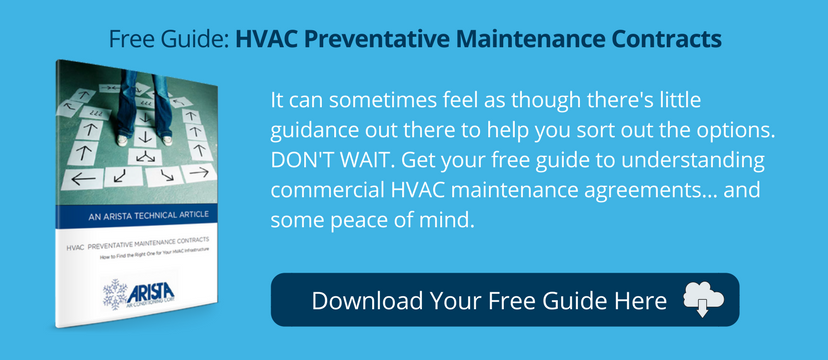New York City air is rough on air conditioners. Especially on those hot days when your air conditioner needs to work at peak capacity, it’s easy to see the air quality problems in the brown haze that hangs over the city. The high levels of airborne soot and debris cause buildup on the outdoor components of your air conditioning unit, most notably the condenser coil.
Did you know that only 1/100th of an inch of dirt buildup on your air conditioner’s condenser coil reduces its efficiency by 5 percent? Buildup on the coils means your equipment has to work harder to cool your building, and when it works harder, it uses more energy. That means higher energy costs for you. If your air conditioner has not been serviced in a while, the buildup of dirt and debris on the condenser coils could be increasing your electric bill by as much as 20 to 30 percent.
What can you do (besides relocate to a remote island with no air pollution)? Hire an experienced HVAC professional to regularly clean your condenser coils, as part of a preventative maintenance program that will not only lower your energy bills, but increase the lifespan of your equipment.
What’s so special about the condenser coil?
The condenser coil is a critical component of your air conditioner. Its function is to help expel heat from the massive amounts of air traveling through the system. In a nutshell, here’s how your air conditioning system works:
- Cold liquid refrigerant moves through the evaporator coil.
- The blower moves warm air from your living space across the evaporator coil.
- The refrigerant in the evaporator coil absorbs the heat from the air and evaporates into gas form.
- The cooled air is then circulated through the ductwork to reach the occupied areas of your building.
- The refrigerant moves into the condenser coil.
- The condenser coil removes the heat from the refrigerant and converts it back to liquid, then expels the heat with the help of a blower fan.
- The cycle continues until your building’s temperature reaches the thermostat settings.
When a layer of dirt and debris collects on the condenser coil, it acts as an insulator that interferes with the transfer of heat. When the condenser coil can’t do its job efficiently, your unit runs hotter, longer and with higher pressure in order to provide the same level of cooling. In some cases, high levels of sulfur in the soot can even cause corrosion of the condenser coil’s tubes, leading to failure of the unit.
Trust the experts to care for your system
Don’t think you can just send the janitor to dust off the condenser coils. A special chemical wash is often required to remove the accumulated debris, not to mention the electric shock and fire hazards associated with exposed components if not handled properly. You may even find nested rodents or insects making their home in your condenser coil. It’s best to leave this job to the trained professionals.
A regular preventative maintenance program for your air conditioning system includes the inspection and cleaning of the condenser coil. It also includes other important maintenance tasks, such as:
- Cleaning or replacing air filters
- Checking electrical connectors
- Checking refrigerant charge and checking for leaks
- Checking blowers
- Cleaning condensate drains
- Lubricating moving parts
- Checking thermostats
Your HVAC service expert can determine how often the maintenance needs to be done based on the size of your building, the age and capacity of your system, and the number of hours each day that the system is running.
Regular maintenance pays for itself
Some building owners forego regular HVAC service because they perceive it as too expensive. The fact is that the cost of regular preventative maintenance easily pays for itself with the resulting reduction in energy costs. Regular service also saves you money by preventing more costly breakdowns, and by prolonging the life of your HVAC equipment.
Want to learn more about how a regular preventative maintenance contract tailored to your needs can benefit your business? Download our white paper: HVAC Preventative Maintenance Contracts: How to Choose The Best One for Your Infrastructure.

